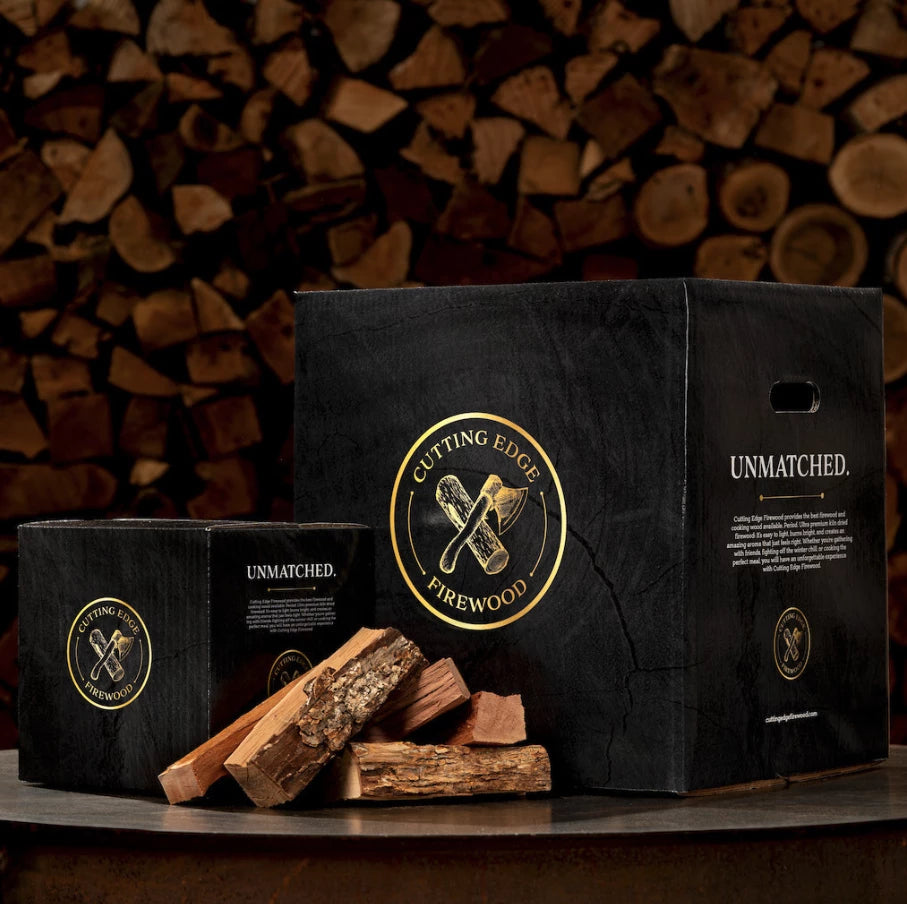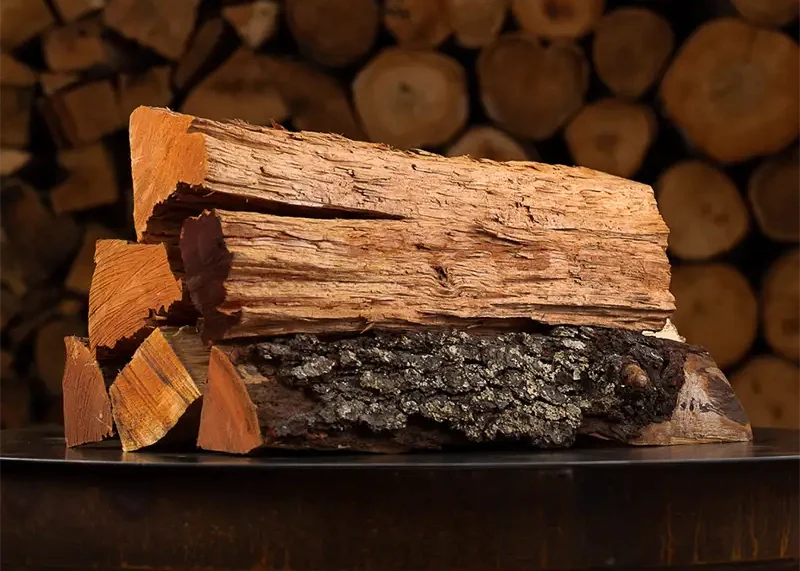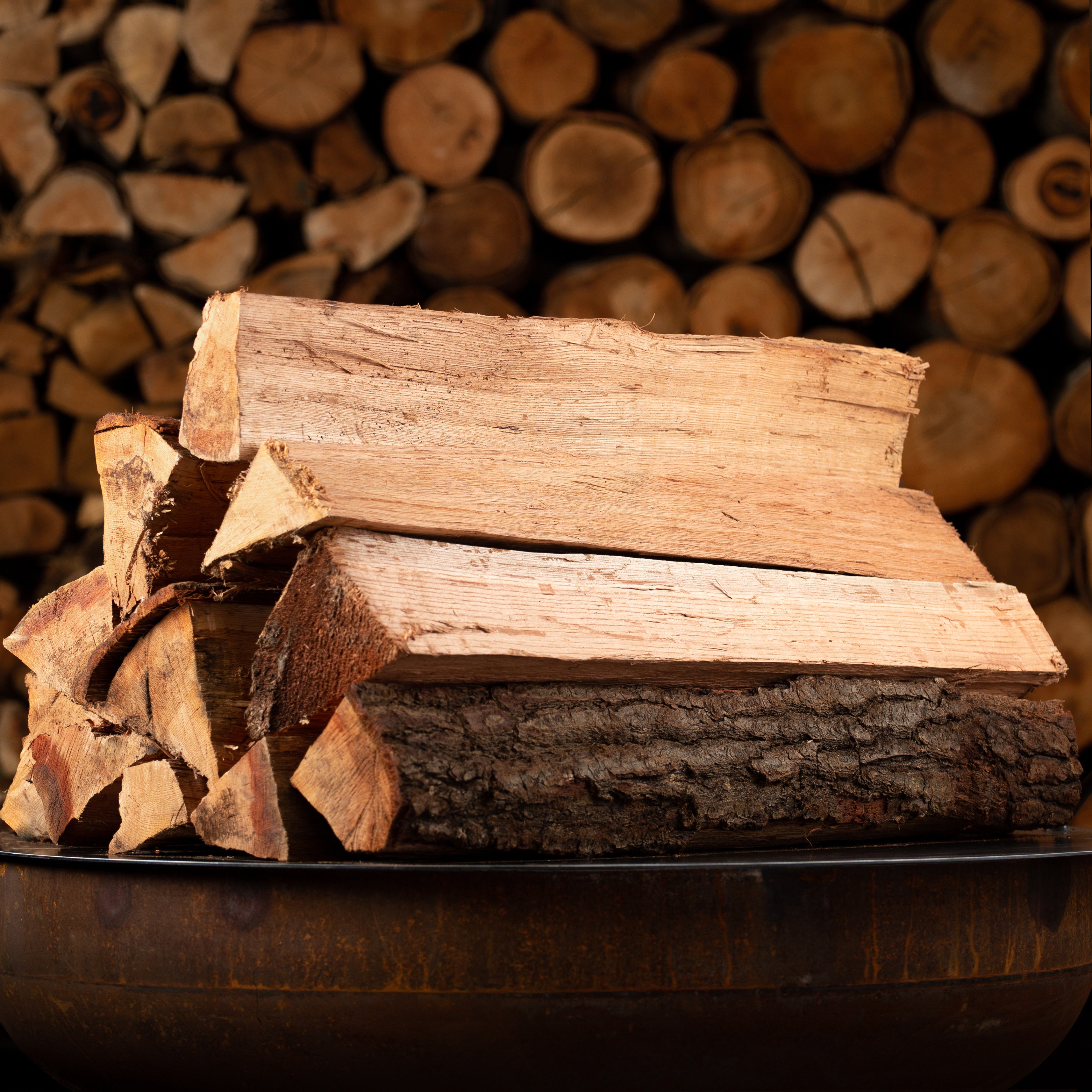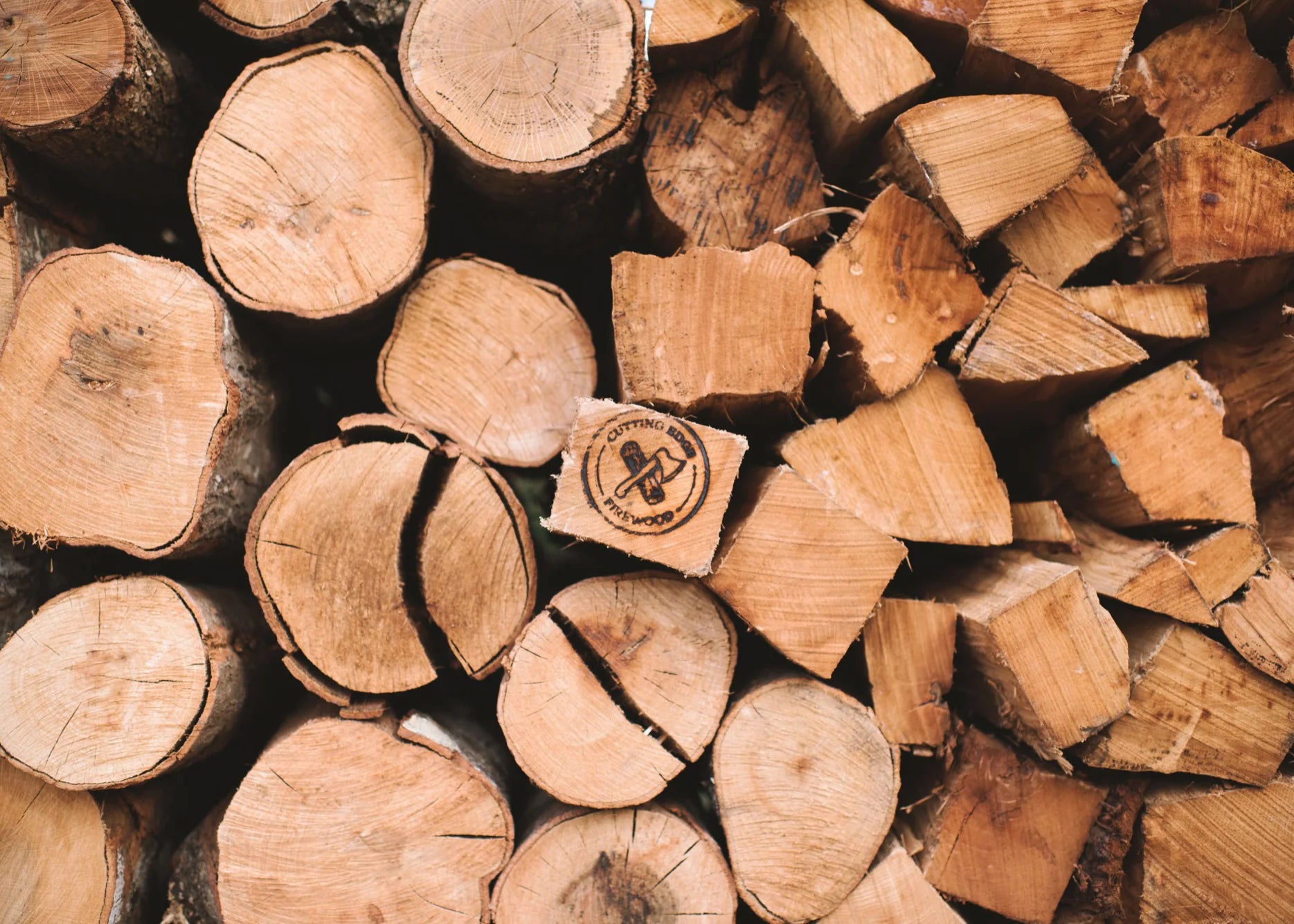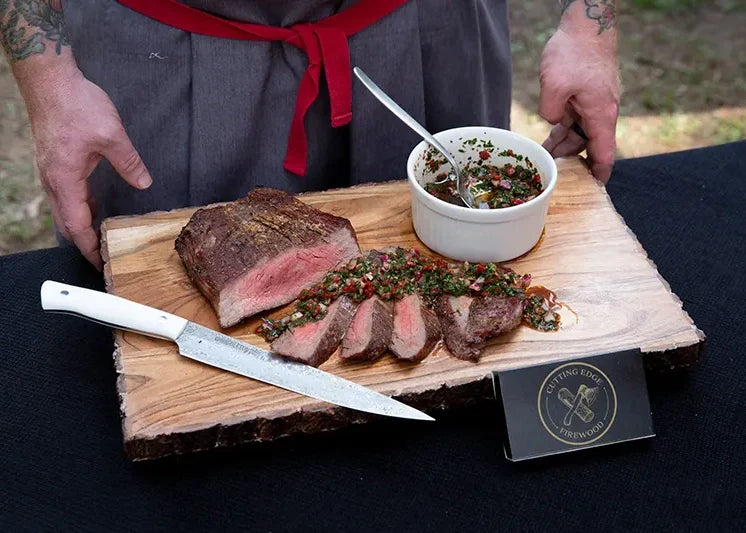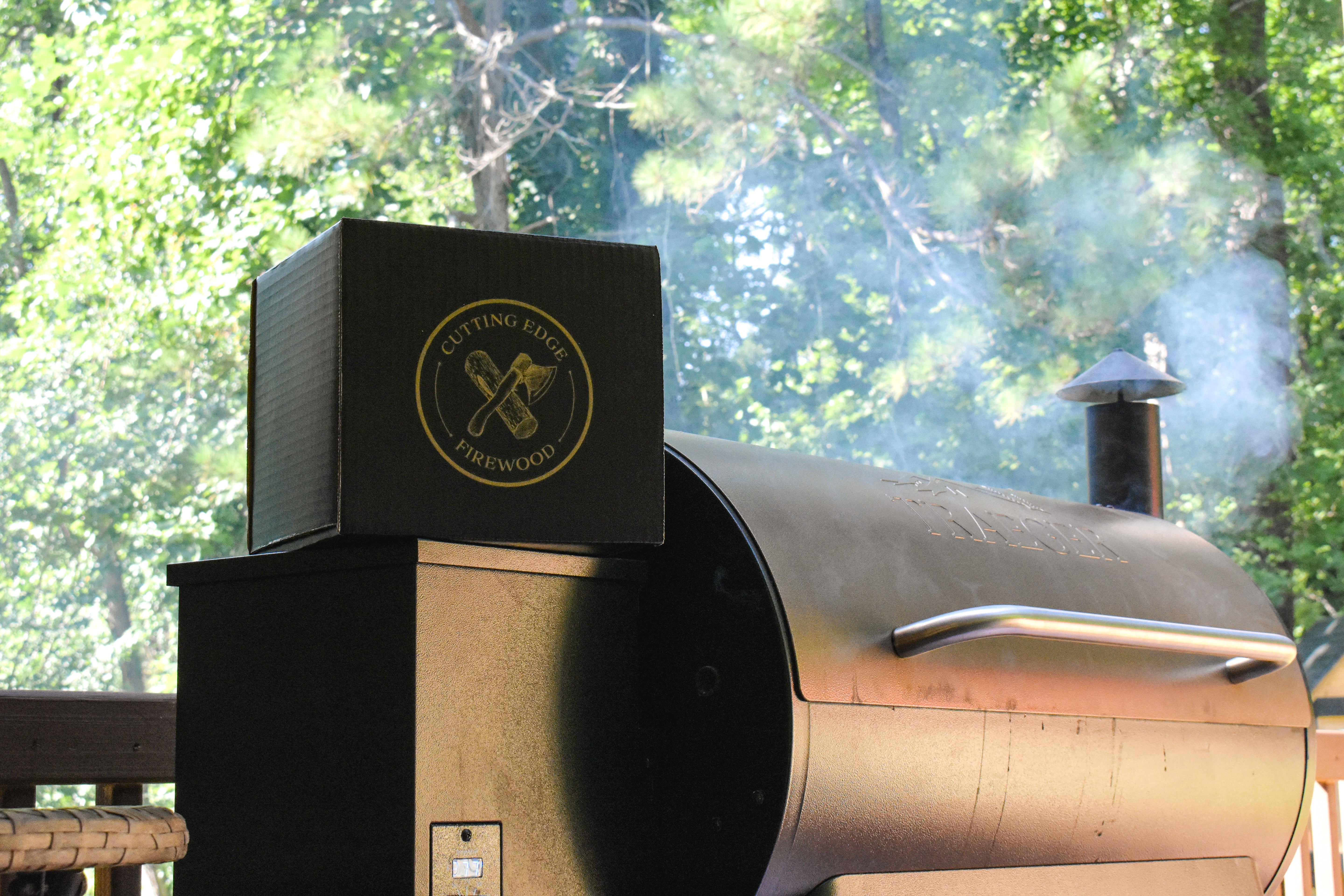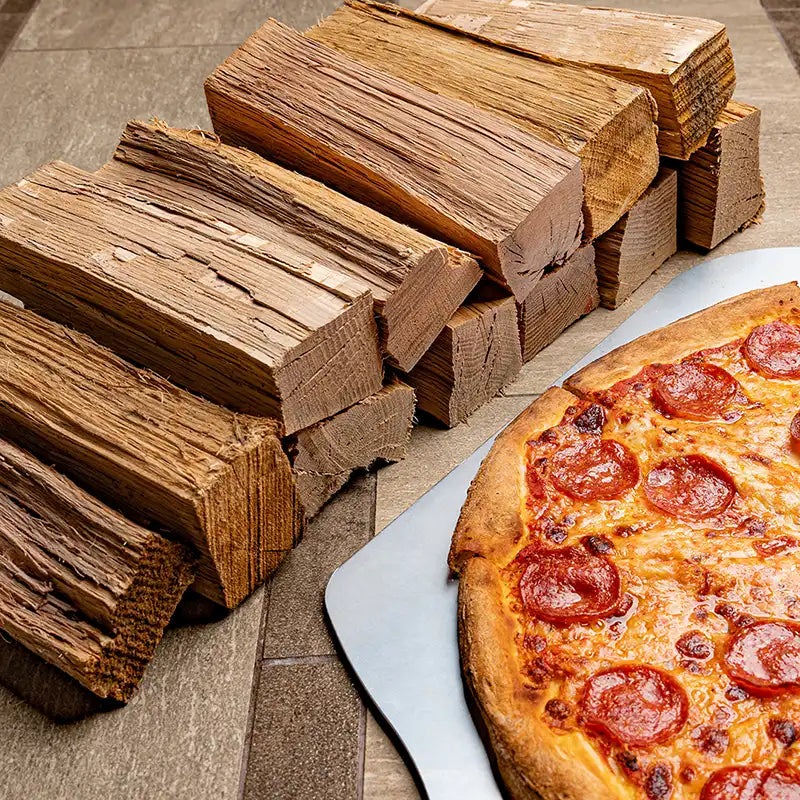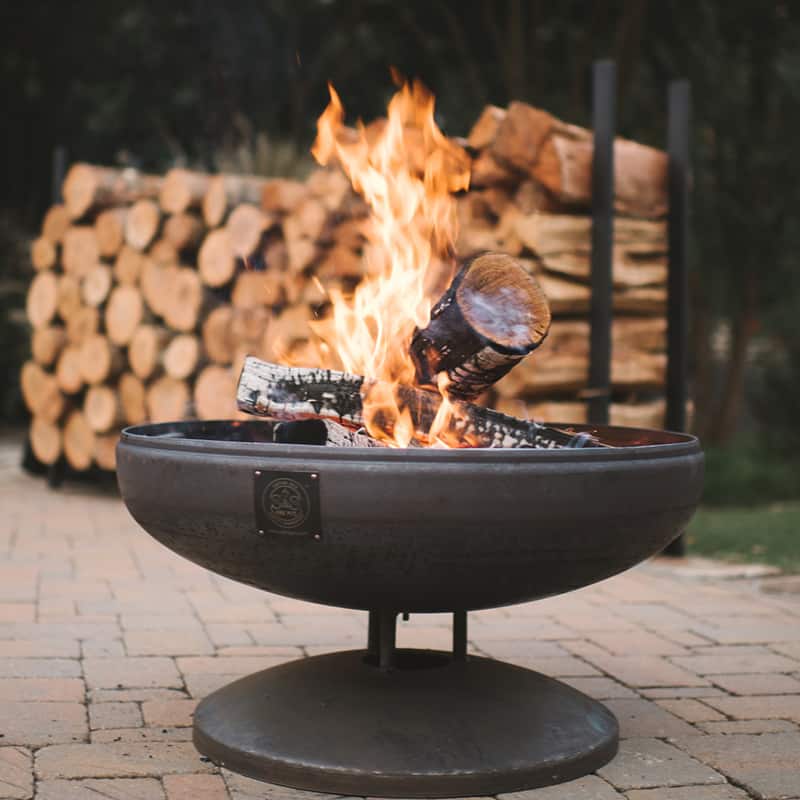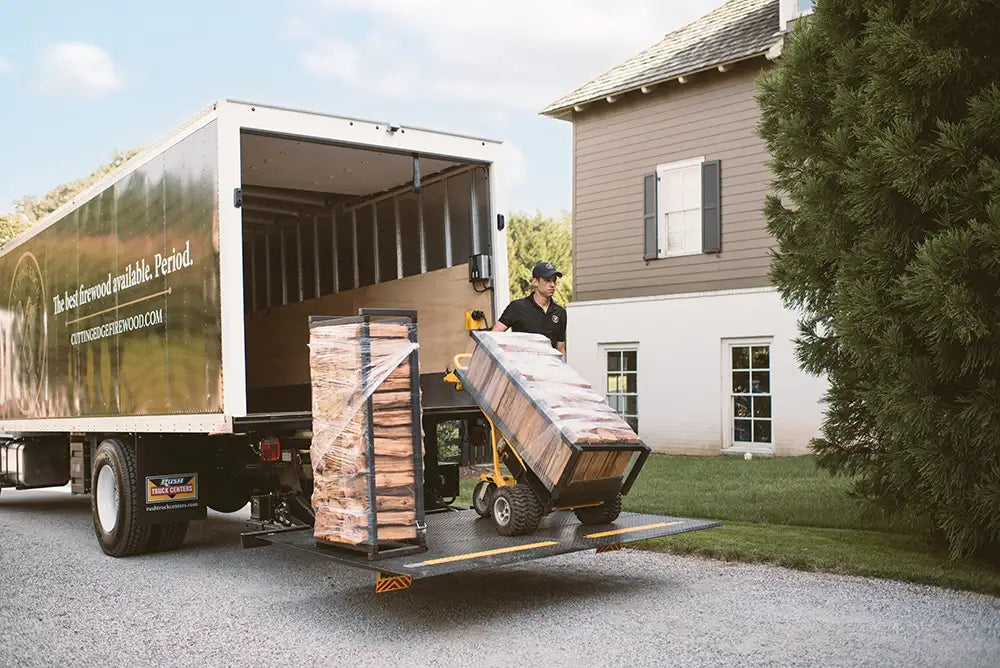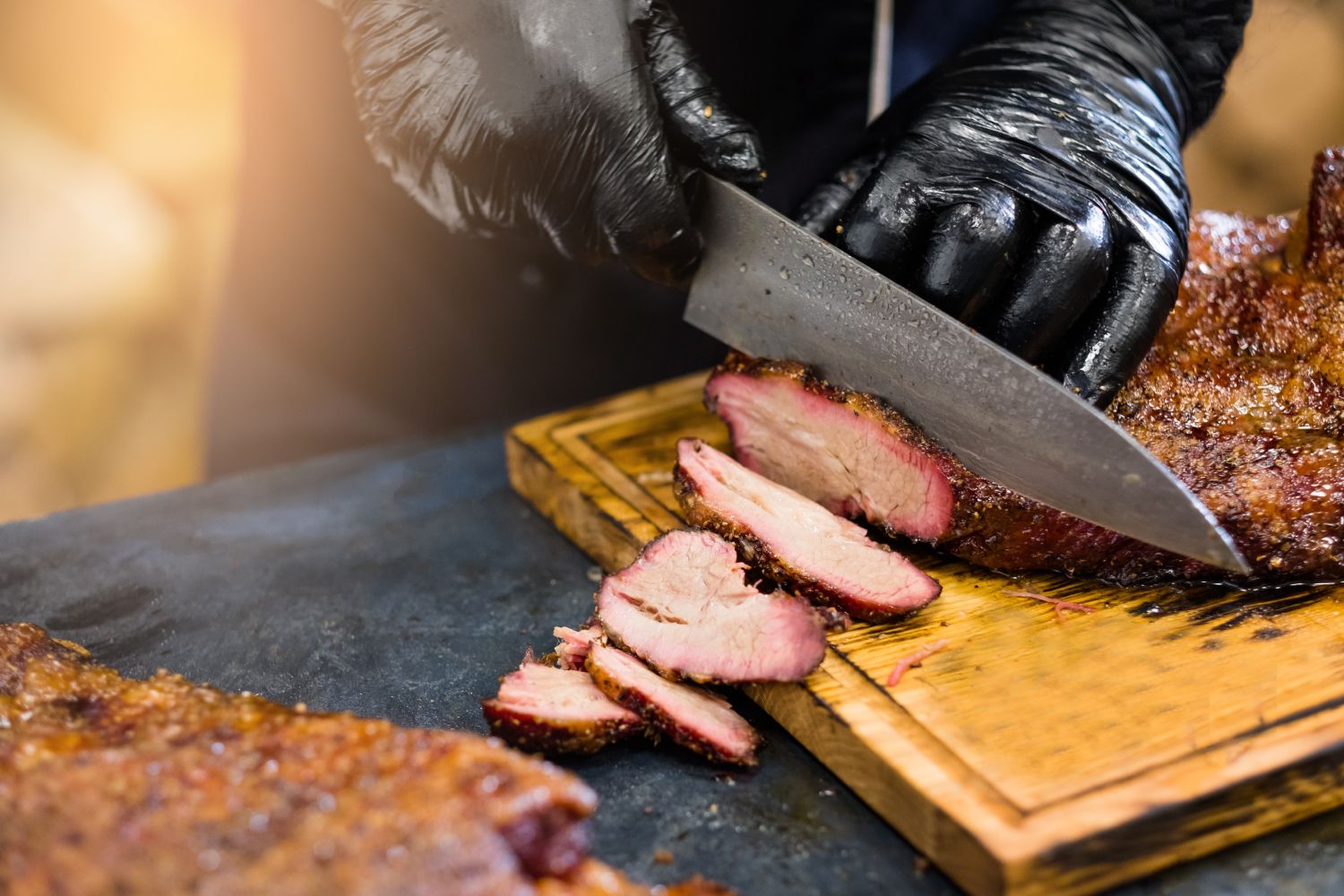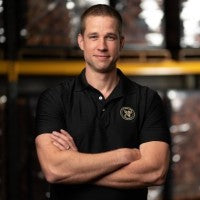Smoking brisket, a revered tradition in BBQ, stands as a testament to the art of patience and skill in cooking. This guide dives into the heart of smoking brisket, a process that transforms this tough cut of meat into a tender, flavorful masterpiece.
Whether you're entering the grocery store as a first-time pitmaster or a seasoned enthusiast, understanding the intricacies of smoking is important for achieving that perfect smoked brisket. Let's grab our cutting boards and explore how long it takes to smoke a brisket and the essential factors that influence this process.
Why Is Smoking Brisket So Popular?
The popularity of smoking brisket lies in its ability to enhance flavor and texture, bringing out the best in this unique cut of meat. The slow-cooking method — a hallmark of traditional American BBQ, particularly Texas style — allows the brisket's connective tissue to break down, resulting in meat that's incredibly tender and infused with a rich smoke flavor.
This transformation is both culinary and cultural, with smoking brisket having deep historical roots in various cuisines. It's a practice that celebrates communal gatherings, evoking memories of open fires and the savory appeal of smoked beef brisket.
How Does the Size of the Brisket Impact Smoking Time?
The smoking time for brisket largely depends on its size. As a rule of thumb, expect to allocate about one to 1.5 hours of cooking time per one-pound brisket. However, this can vary based on factors like the cut's thickness, fat content, and whether you're smoking a full-packer brisket, which includes both the flat and point cuts.
A brisket flat generally requires less time due to its leaner nature, whereas a whole-packer brisket, with more marbling and a layer of fat, takes longer to tenderize. Trimming the fat side and removing the excess fat and silver skin can significantly impact the cooking process in this case. This ensures an even smoke throughout the entire brisket.
Prep time is crucial in this preparation phase. Remember, every piece of meat is unique, and these guidelines serve as a starting point.
What Role Does Temperature Play in Smoking Brisket?
The temperature at which you smoke your brisket is pivotal in determining the outcome of your BBQ.
What's the Ideal Smoking Temperature?
For brisket, the magic happens when the internal temperature reaches 215°F and 250°F. This low-and-slow approach is essential for gently breaking down the connective tissue without drying out the meat. The science behind slow cooking at this range lies in its ability to render the fat cap and marbling, infusing the brisket with moisture and flavor. It's a delicate balance that epitomizes the art of smoking meat.
How To Maintain Consistent Temperature
Maintaining a consistent temperature is important for a perfectly smoked brisket. A reliable meat thermometer will be your hero. Whether you're using a pellet grill, a pellet smoker, an offset smoker, or an electric smoker, the key is to manage the internal temperature of the meat. Our recommendation is a wood grill, providing consistent flavor and an overall sophisticated experience.
How Do You Know When the Brisket Is Done Smoking?
Determining when your brisket is perfectly smoked hinges on the mastery of a few techniques. The probe test reigns supreme here: It's about tenderness over mere temperature. Gently probe the brisket with a sharp knife or thermometer probe — it should glide in with little resistance, much like into soft butter, particularly in the thickest part of the brisket.
Equally important is understanding the stall, a phase where the brisket's internal temperature plateaus. This is a natural part of the smoking process, reflecting moisture evaporation and the meat's slow journey to succulence.
After smoking, let the brisket rest, allowing juices to redistribute and flavors to intensify. This moment of patience, often overlooked in many smoked brisket recipes and cooking processes, rewards you with a brisket that’s not just cooked but exquisitely crafted.
Remember to let the brisket reach room temperature for the best results before starting the smoking process. As the brisket cooks, monitoring the internal temp closely is key to achieving that perfect tenderness.
Can You Speed Up the Smoking Process?
While the traditional smoking method is a testament to patience, there are ways to expedite the process. Enter the "Texas Crutch" — a technique for a wrapped brisket covered in aluminum foil or butcher paper to overcome the stall phase more swiftly. This method traps heat and moisture, effectively reducing the total time.
Another tactic is cautiously increasing the smoker temperature, though this should be done judiciously to avoid compromising the brisket’s texture. For those pressed for time, opting for thinner cuts of brisket can also quicken the smoking process.
However, it's important to balance speed with the inherent pleasure of the slow smoking process, which imparts unparalleled flavor and tenderness.
Common Mistakes To Avoid While Smoking Brisket
To elevate your brisket smoking experience, sidestepping common pitfalls is key.
These include:
- Over-Smoking: This mistake can leave a bitter taste, overshadowing the natural flavors. Aim for a balance in smoke exposure to maintain the meat's inherent richness.
- Skipping the Rest: Not allowing the brisket to rest post-smoking can lead to a loss of precious juices. Resting is crucial for a moist, tender brisket. This patience pays off with a juicy brisket rich in flavor and perfectly tender.
- Improper Wood Selection: Using green or seasoned wood can impart an undesirable flavor, as it contains higher moisture content, mold and/or other pollutants.
- Neglecting Proper Seasoning: Before smoking, seasoning the brisket is important. A well-balanced brisket rub typically includes a spritz of black pepper, kosher salt, and garlic powder. Using a dry rub that complements the brisket's natural flavors will enhance the overall taste and aroma of the smoked meat.
By avoiding these missteps, you ensure that every smoked brisket showcases your culinary ability, embodying the perfect blend of tradition and technique.
Which Wood Should You Use To Smoke Brisket?
The choice of wood is as important as the cut of meat itself. Hickory, with its strong, hearty flavor profile, is a quintessential choice for red meats like brisket. It imparts a robust smokiness that accentuates the meat's rich flavors. On the other hand, pecan offers a milder smoke, adding a nuanced depth to the brisket.
Both kinds of wood burn consistently, providing the steady, enduring heat essential for the long smoking process. By selecting hickory or pecan, you're infusing every fiber of the brisket with a story as old as fire itself — one of flavor, tradition, and the primal appeal of open-air cooking.
The Takeaway
Whether smothering your brisket in BBQ sauce, enjoying the delicious burnt ends, or turning your leftovers into a beef broth, mastering the art of smoking brisket is a journey into traditional cooking.
It's about embracing the slow transformation of a tough cut into a tender, flavor-packed delicacy. By understanding the nuances of brisket size, temperature, and wood selection, you elevate your smoking game to new heights.
Remember, the best brisket is about the technique and the experience. The ancient roots of sharing a fire-cooked meal, the enticing aroma of natural wood flavoring the meat, and the communal joy of a well-made meal make this process special.
We invite you to explore our full range of cooking woods at Cutting Edge Firewood, where quality and experience meet to elevate your brisket to the epitome of gourmet perfection. Carry these insights and embrace the rich experience of creating a masterpiece over the flames.
Sources:
The Evolution of American Barbecue | Smithsonian Magazine
Smoking 101: How to Smoke Meat | The Spruce Eats
How to smoke brisket, the Texas crutch way | Chicago Tribune
W179 Wood Products Information - Moisture Content of 'Seasoned' Firewood | University of Tennessee

